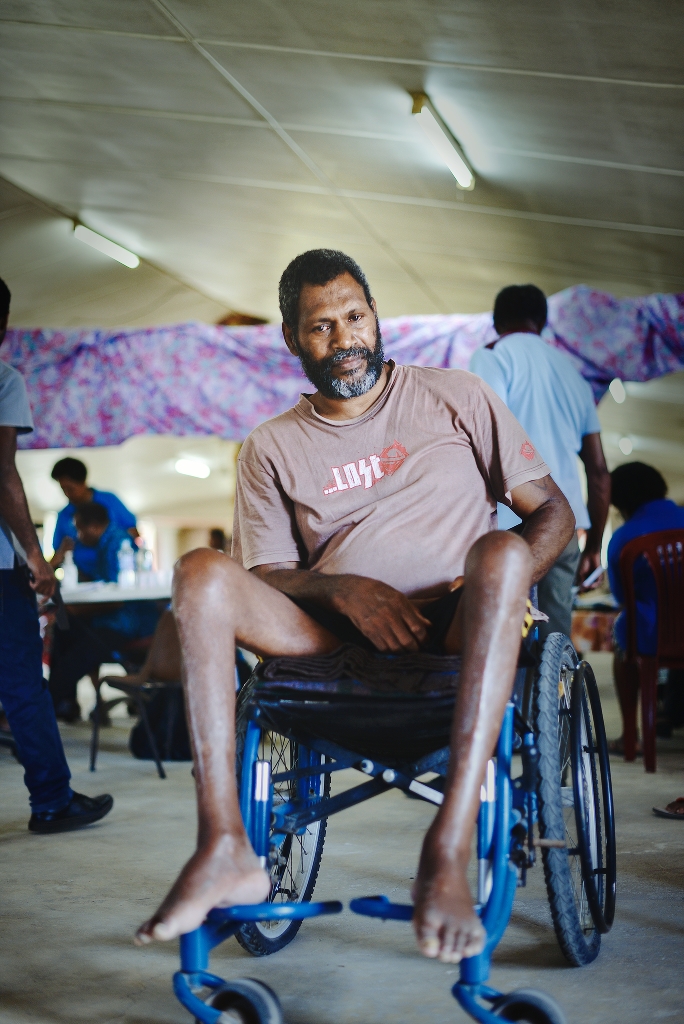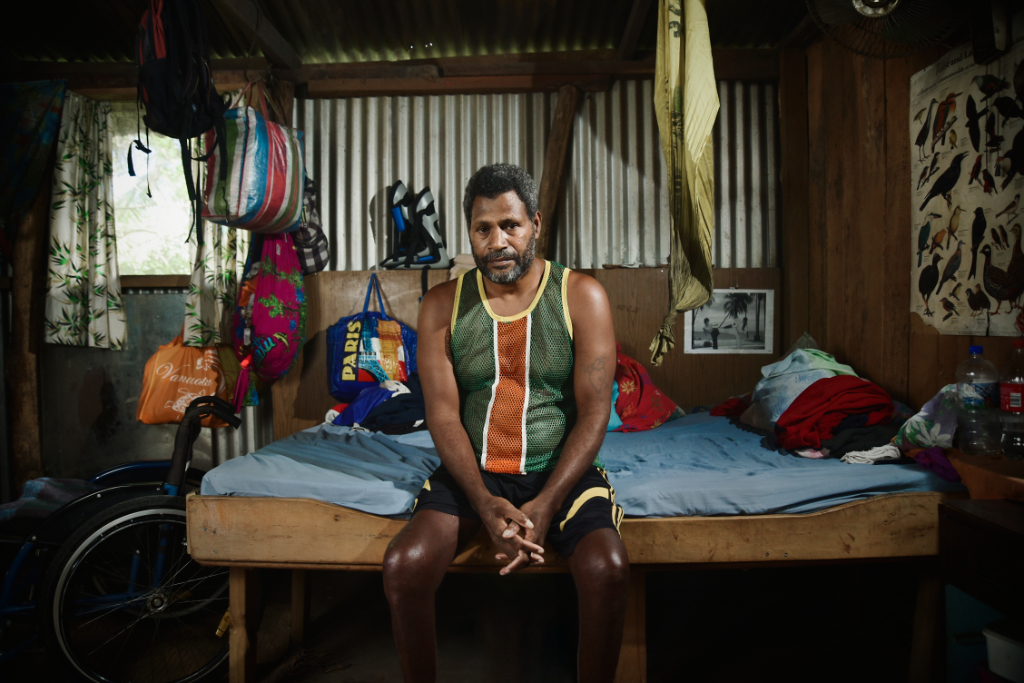














Your Custom Text Here
More than 425 million people in the world have diabetes – estimated to increase to 629 million by 2045. Around 50% of cases remain undiagnosed, undermining efforts to manage the disease and its consequences. Low and middle-income countries account for 79% of the global diabetes burden yet most are not equipped to properly identify, treat and manage the disease and its consequences. Local diets once based on fresh fish, vegetables, fruit and nuts, now increasingly include impulsive intake of highly processed low grade foods. Instant noodles, sugary drinks, salty and oily snacks. Less than 10 percent of adults in Kiribati, Nauru, Marshall Islands, Papua New Guinea and the Solomon Islands eat a sufficiently nutritious diet, while more than 60 percent are obese in American Samoa, Tokelau, Cook Islands and Tonga (according to the Secretariat of the Pacific Community). Around 12% of global health expenditure is directed to diabetes – over US$800 billion dollars annually yet every six seconds, a person dies from diabetes. In Fiji alone there are an average three amputations per day due to diabetes. The region is experiencing a dramatic increase in cases of vision loss and blindness and diabetic retinopathy ranks among the leading causes of visual impairment, overloading already stretched eye care services. The disease was uncommon a generation ago in most Pacific populations but the prevalence of diabetes has increased dramatically in recent years. Early detection, timely treatment and appropriate follow up can reduce the risk of severe vision loss by 95%. Organisations including The Fred Hollows Foundation New Zealand are working towards improving treatment for Diabetic Retinopathy treatment in the region.
More than 425 million people in the world have diabetes – estimated to increase to 629 million by 2045. Around 50% of cases remain undiagnosed, undermining efforts to manage the disease and its consequences. Low and middle-income countries account for 79% of the global diabetes burden yet most are not equipped to properly identify, treat and manage the disease and its consequences. Local diets once based on fresh fish, vegetables, fruit and nuts, now increasingly include impulsive intake of highly processed low grade foods. Instant noodles, sugary drinks, salty and oily snacks. Less than 10 percent of adults in Kiribati, Nauru, Marshall Islands, Papua New Guinea and the Solomon Islands eat a sufficiently nutritious diet, while more than 60 percent are obese in American Samoa, Tokelau, Cook Islands and Tonga (according to the Secretariat of the Pacific Community). Around 12% of global health expenditure is directed to diabetes – over US$800 billion dollars annually yet every six seconds, a person dies from diabetes. In Fiji alone there are an average three amputations per day due to diabetes. The region is experiencing a dramatic increase in cases of vision loss and blindness and diabetic retinopathy ranks among the leading causes of visual impairment, overloading already stretched eye care services. The disease was uncommon a generation ago in most Pacific populations but the prevalence of diabetes has increased dramatically in recent years. Early detection, timely treatment and appropriate follow up can reduce the risk of severe vision loss by 95%. Organisations including The Fred Hollows Foundation New Zealand are working towards improving treatment for Diabetic Retinopathy treatment in the region.
Diabetes in the Pacific Islands
Clerence's Story: Fighting an Epidemic
Clerence after her recent amputations uses her father wheelchair. He died the year before due to Diabetes.
Globally, Every 10 Seconds, 3 People Are Diagnosed With Diabetes
Untreated Diabetes can devastate individuals, families and communities and place enormous burdens on Health Systems.
Untreated Diabetes can devastate individuals, families and communities and place enormous burdens on Health Systems.
Amputation rates and blindness have increased rapidly across the Pacific region.
In The Pacific, Diabetes Is One Of The Highest Rates In The World
The Disease Is Having Devastating Repercussions On The Population In The Pacific
Diabetic Eye Disease Is The Leading Cause Of Blindness In Working-Age Adults
Training Local Eye Doctors and Nurses In Kiribati.